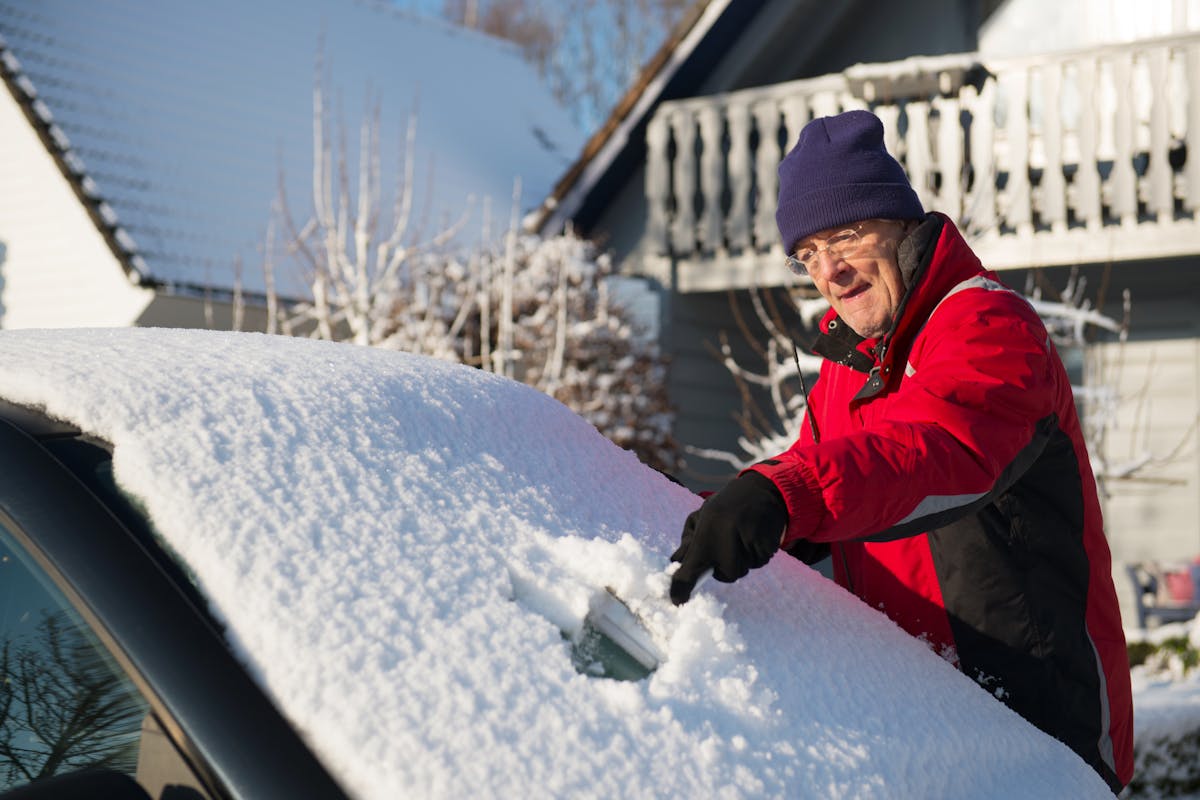Winter Safety: How to Get Your Car Ready for Cold Weather

As we head into the heart of winter, it’s important to make sure our cars are ready for inclement weather. Even if you don’t drive your vehicle often or go very far when you do, it’s still essential to prepare for the cold, snowy months ahead. Failing to do so could leave you stranded by the side of the road or in the parking lot of a shopping center with a dead battery and car that won’t start.
While most people know to keep a good quality ice scraper and a pair of heavy gloves in the car, there’s more to getting travel ready. Here are a few items to add to your winter preparedness checklist.
Winter Car Maintenance Tips for Seniors
- Has the vehicle had a recent oil change and inspection?
While this tip might seem obvious, it’s easy to overlook having an oil change and routine inspection when you don’t log many miles on your car each year. If you are behind schedule, call your local dealership or service center for an appointment. Ask if their regular checkup includes a few additional maintenance items, such as:
- Checking and topping off fluids, including anti-freeze, power steering fluid, and windshield washer fluid
- Inspecting the wiper blades and replacing them, if necessary
- Checking the air filter and changing it, if needed
- What condition are the tires in?
Winter snow and ice wreaks havoc on the roads. The condition of your tires plays an important role in your vehicle’s safe operation. When you take your car in for service, ask the mechanic to check the treads on the tires. They may recommend rotating or even replacing the tires.
One tip for keeping an eye on the treads throughout the year is to perform the penny test. Place a penny into several tire treads, making sure Lincoln’s head is upside down. If you can see most of Lincoln’s head, it’s a good bet the treads are worn and you probably need new tires.
- Do you monitor tire pressure?
Cold weather or fluctuations in temperature can cause tire pressure to change. So if your car doesn’t automatically alert you when it’s time to add air to the tires, you’ll need to do it yourself. Invest in a good quality tire gauge—these reviews from AutoGuide.com can help you find one. Store it in an accessible location in the garage to make it easier to check the tires often.
Because tire pressure recommendations vary from vehicle to vehicle, look for a sticker on the driver-side doorjamb. You will usually find it listed there. If not, check your owner’s manual or manufacturer’s website.
- Have you packed an emergency bag?
Winterizing your car should also include packing a winter weather bag in case you experience a roadside emergency. A few items to include in your emergency kit include:
- Blankets
- Pair of warm, waterproof boots
- Several bottles of water or sports drinks
- Nonperishable snacks
- Flashlight and extra batteries
- Battery-powered emergency radio
- Battery-powered cell phone charger
- Do you have lock de-icer?
While most car doors can be unlocked with a key fob instead of keys, it’s no fun when the locks are frozen shut. Pick up a few cans of de-icer to keep on hand. Just remember not to store them in your car! Stash one in your purse or coat pocket, or even on your key chain.
Create a Backup Plan
One last winter weather suggestion is to learn more about local transportation programs and ride-sharing services. Having a backup plan for days you need to go out but aren’t comfortable driving will give you peace of mind.
Another idea that also contributes to peace of mind is to invest in a mobile monitoring unit. These devices allow you to summon help with the press of a button from wherever you are. That can be a great comfort when the winter winds blow. Call 1-844-203-5617 to learn more!